Heritage of city ports’ structures under study ahead of Greater Southern Waterfront development
AHEAD of the redevelopment of Singapore’s city ports as part of the Greater Southern Waterfront, the authorities are studying the area’s structures and buildings to see if they can be used to enhance the future development’s character.
Urban Redevelopment Authority (URA) chief executive Lim Eng Hwee told The Straits Times (ST) in an interview that “the old port and some of the infrastructure do bring some value to the area”, adding that structures are being studied to see if “one or more can be retained, integrated and made very interesting”.
While Lim did not name the buildings under study, heritage experts have said that these could include Prima Flour Mills – Singapore’s first flour mill, which commenced operations in 1963.
Situated adjacent to Keppel Terminal, Prima Flour Mills – owned by developer Mapletree – is able to receive wheat grains directly into its silos from bulk carriers, saving Prima time and transportation costs over the years.
One of its blocks, an about 60m-tall, 12-storey tower that was opened in 1977, was topped by a revolving restaurant offering panoramic views of the HarbourFront area. The restaurant shuttered in August 2020 amid financial difficulties caused by the Covid-19 pandemic.
Its building could be one of the architectural icons of the Greater Southern Waterfront, which will be further developed after Singapore’s three city port terminals – Tanjong Pagar, Keppel and Brani – move by 2027 to Tuas.
While specific plans for the Tanjong Pagar and Keppel terminals have not been revealed, Pulau Brani is set to be turned into a tourist destination under the Sentosa-Brani Master Plan, which will be implemented over several decades.
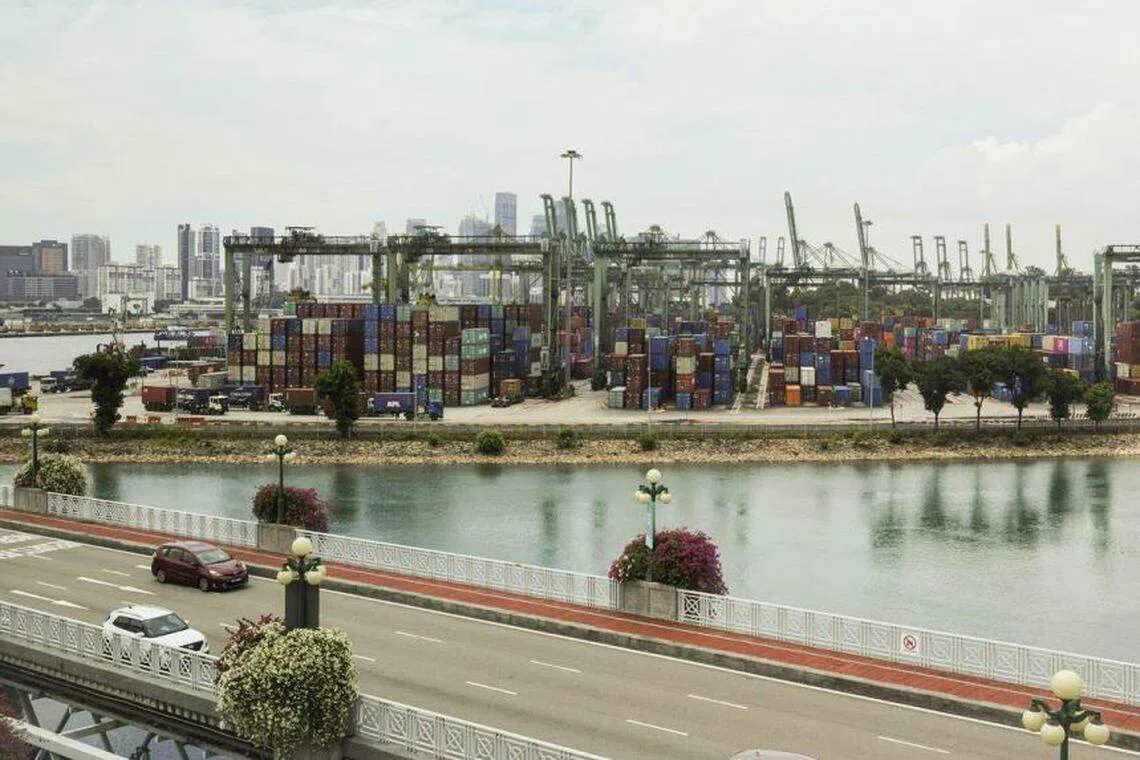
Speaking to ST in an interview tied to URA’s 50th anniversary, Lim cited Cape Town’s Victoria and Alfred Waterfront as an example of an old port that has been transformed into a mixed-use destination, highlighting the Zeitz Museum of Contemporary Art Africa and The Silo Hotel, both housed in a repurposed grain silo.
Referencing Cape Town’s repurposed mill and the authorities’ study of Singapore’s port structures, Lim said: “There are lots of opportunities – we are studying what can be done, incorporating some of these structures”.
Prima Flour Mills at 201 Keppel Road is on a 99-year lease from the Government that commenced in 1997. Mapletree declined to comment when asked about the building’s future.
Primus Cheng, chairman and chief executive of Prima, said that its lease with Mapletree expires in April 2027, and that the mill’s operations will be shifted to a site in Jurong Port between the last quarter of 2026 and the first quarter of 2027.
He said the mill is moving because of Keppel Terminal’s forthcoming closure, adding that Prima chose to move to Jurong Port over Tuas, as the former is closer to town, which will make operations more cost-effective.
The second-generation honcho of the firm – it was founded by his late father Cheng Tsang Man – said that retaining, or even conserving, the mills in Keppel Road will be especially meaningful for his family, who came from Indonesia to Singapore in the 1960s before establishing the country’s first flour mill.
Architectural historian Yeo Kang Shua said that given the scale of the city ports, the anticipated extent of redevelopment in the coming years, as well as the extended history of the site, a heritage impact assessment should be carried out ahead of its development.
He noted that Keppel Harbour – as it was known during Singapore’s colonial days – played a significant role in the development of the colony and then the country, making the history and social memories of the area worth documenting prior to major changes in the area.
Yeo, an associate professor at the Singapore University of Technology and Design, said that for the ongoing study to capture a coherent and meaningful narrative of the port’s functions, auxiliary structures such as workshops and warehouses should be included in the study.
Beyond structures such as cranes, the ports’ wharves – massive slabs of reinforced concrete over water – play a very significant part, said Yeo, who is vice-president of the International Council on Monuments and Sites Singapore.
Thought should be put into how the visual memory of the wharves can be incorporated into the design of future developments, he said.
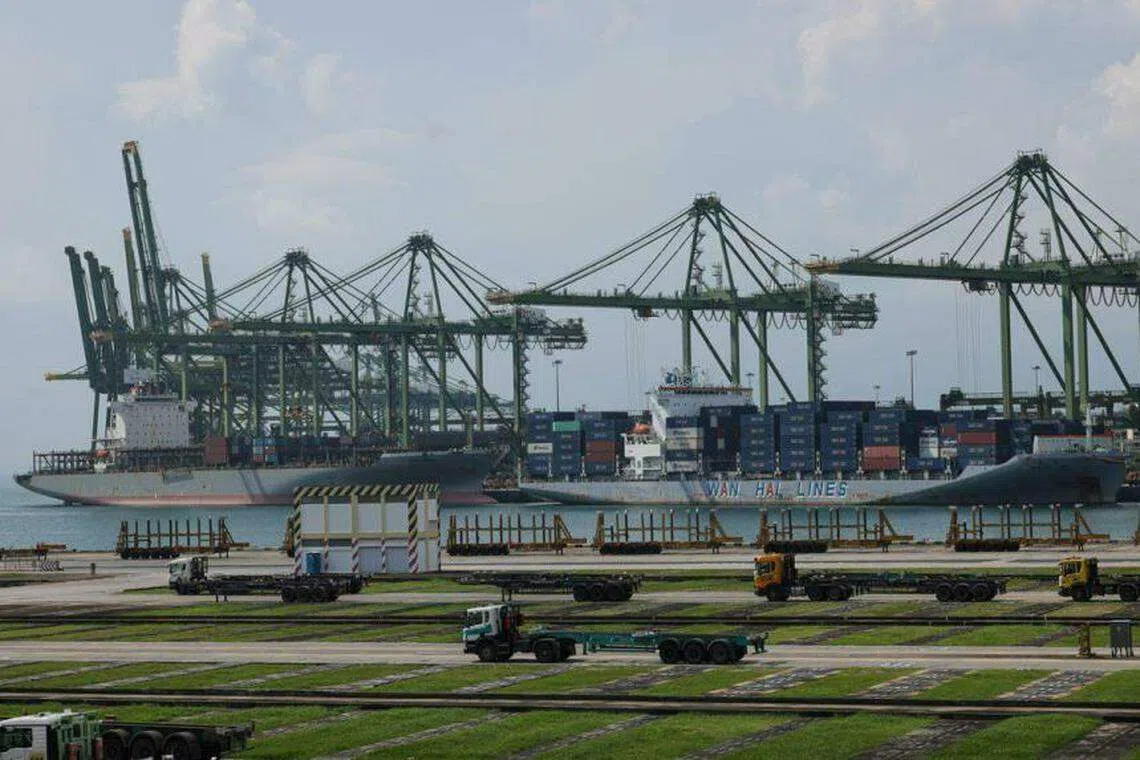
Yeo added that studies could also uncover more about the area’s mercantile history, such as what remains of the Empire Dock that lies beneath the present-day Keppel Terminal, the former tin smelting works on Pulau Brani and the historical relationship between Tanjong Pagar Railway Station and the harbour – the two are currently cut off from each other by the Keppel Viaduct.
Describing the Greater Southern Waterfront as “one of the most exciting opportunities that we have in the next two to three decades” to reshape the city, Lim noted that Singapore may be a tropical island, but not much of the city is at the waterfront.
With the upcoming Greater Southern Waterfront and the Long Island, “we can shape a city that will always have the waterfront character”, he said. “It will be a very different feel, different character, different opportunities.”
Heritage of large sites
Commenting on Singapore’s approach to redeveloping large sites, Lim said that historic areas are studied before the authorities move in for redevelopment, noting that studies and the retention of built heritage have to be done “quite selectively, because land is so scarce and we have to make sure we use it judiciously”.
He said that in assessing buildings for retention and conservation, studies consider the architectural, historical and social significance of buildings, and it is based on a combination of these considerations that buildings are “assessed and ranked”.
“The selective approach is you must keep the buildings that are the most significant, taking into account all those considerations,” he said.
Since Singapore first started conserving buildings in 1989, more than 7,200 buildings and structures have been protected – a vast majority of them pre-independence buildings such as shophouses.
“The pre-war, pre-independence era, we have done quite a lot of research, we have a good sense of what are the important buildings – what needs to be kept,” said Lim.
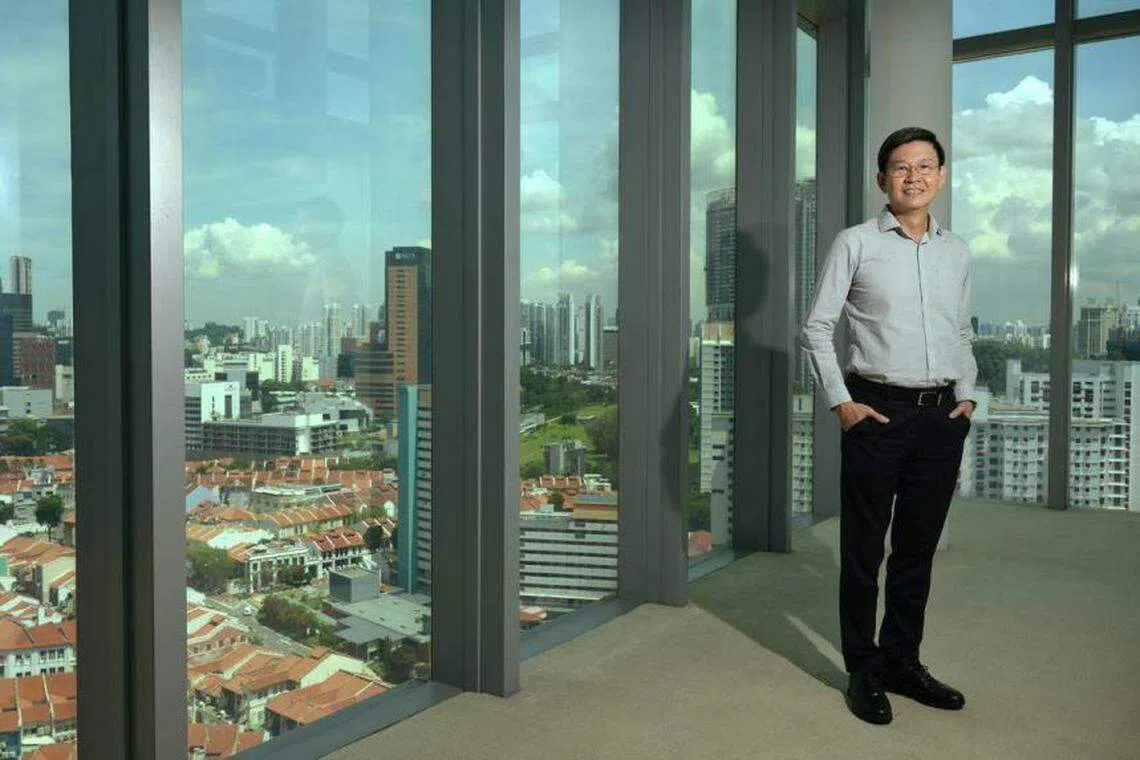
Protecting modern buildings
But protecting post-independence buildings – especially those that are privately owned, and held by multiple parties – has proven to be a lot more tricky, he said, recounting the “long journey” that the authorities took to get Golden Mile Complex conserved.
“There are a few others we know are quite significant, and we are in the process of doing deeper studies to establish the significance and also study what are the different ways we can allow it to be retained, and allow for some intensification so that we can ‘have the cake and eat it’ and we don’t lose development opportunities,” said Lim.
Apart from People’s Park Complex, he did not name the other buildings being studied, citing concerns over market speculation.
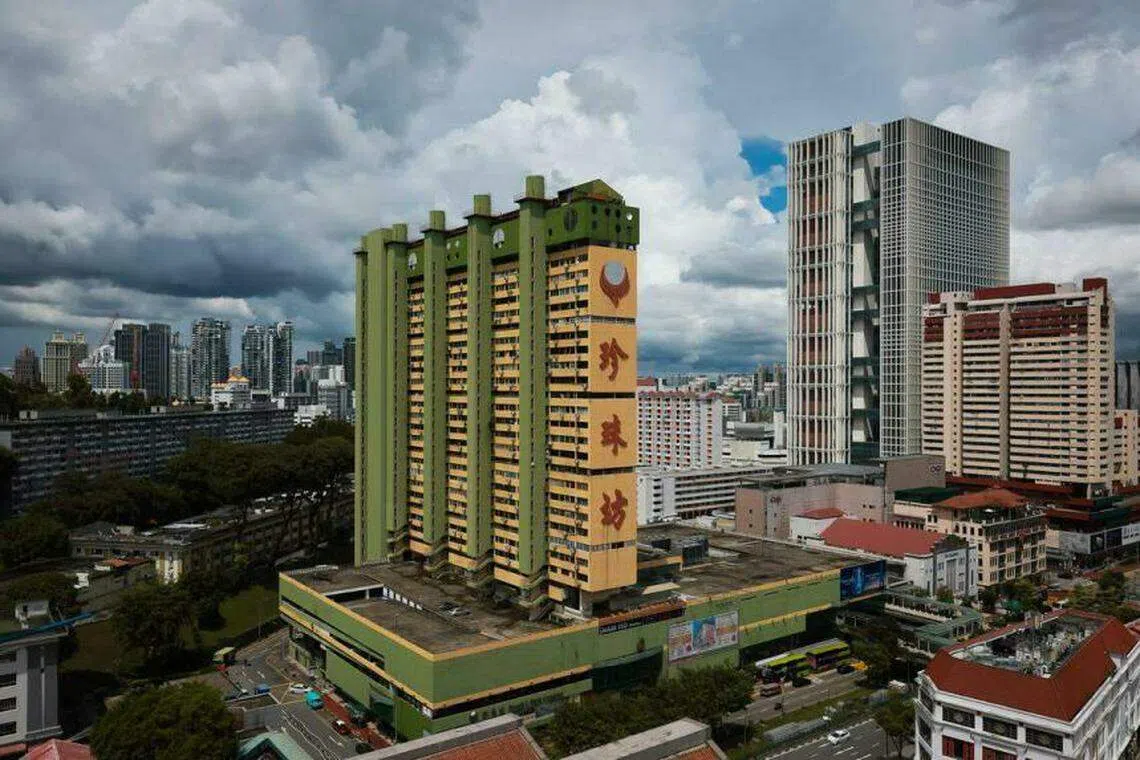
“Internally, we have a list of what are some of these potentially significant buildings,” he said. “For state buildings, we have done the studies first, we have concluded some of them. For private ones, they are not in danger of any demolition so we will take time to study, and go through the same process that we did with Golden Mile Complex and People’s Park Complex.”
Public housing as heritage
Asked about calls in recent years for public housing to be retained as part of Singapore’s built heritage, Lim said his sense was that people form memories more in common spaces, than in their own apartments.
“There are some of these common facilities that probably we would want to study and see if we can retain, and if not retain, try to replicate in some form, even as we build the new area,” he said, citing Margaret Market – housed in the conserved former Commonwealth Avenue Wet Market.
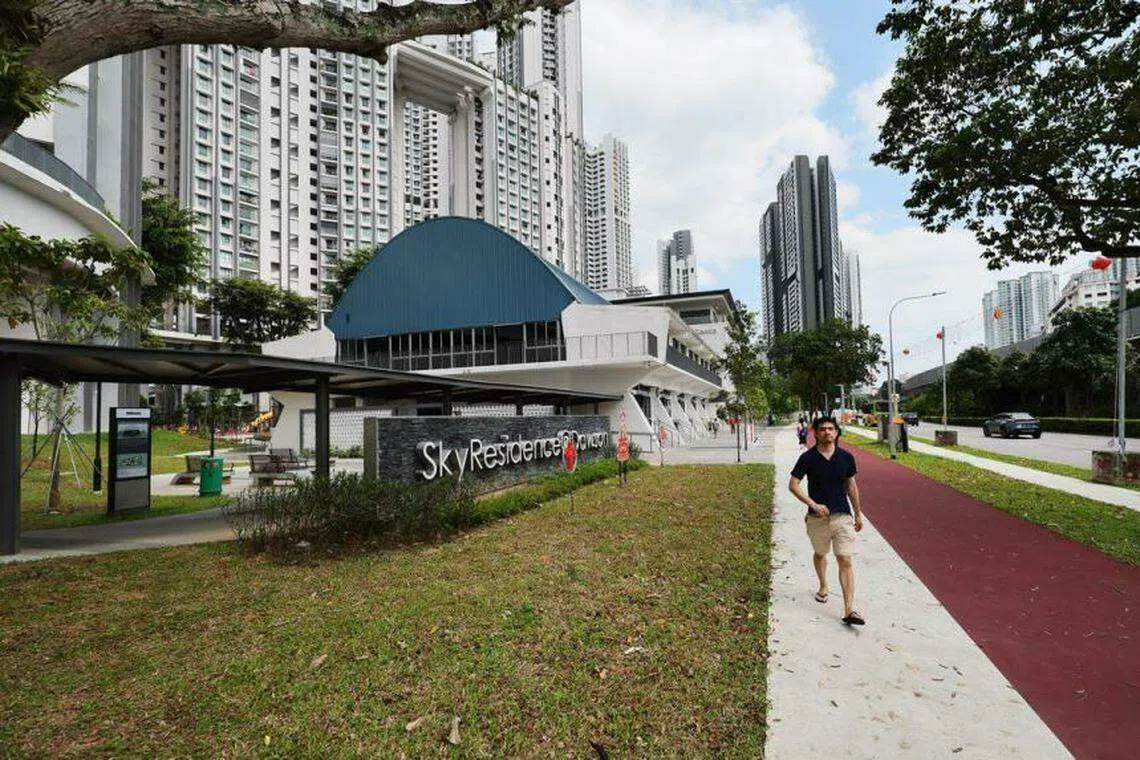
Lim said keeping a whole HDB neighbourhood “is not so straightforward”, as “people’s aspirations, lifestyles and the type of housing that is needed have changed”.
“Even technology has changed – the old flats don’t meet many of the new fire safety requirements,” he said.
“I think over time there is a need for change, and there is also a need for us to optimise our land,” said Lim. “The older flats built in the 1970s and 80s – they were built a lot less dense. Now that we have put in infrastructure and when needs increase, this is how we will do the balancing. Instead of opening up new areas, we will recycle land.”
He added: “We will find a way to intensify, optimise. Otherwise, we will have to put up a lot more new greenfield sites, which a lot of people feel we should not unless we have no choice.” THE STRAITS TIMES
Decoding Asia newsletter: your guide to navigating Asia in a new global order. Sign up here to get Decoding Asia newsletter. Delivered to your inbox. Free.
Copyright SPH Media. All rights reserved.



